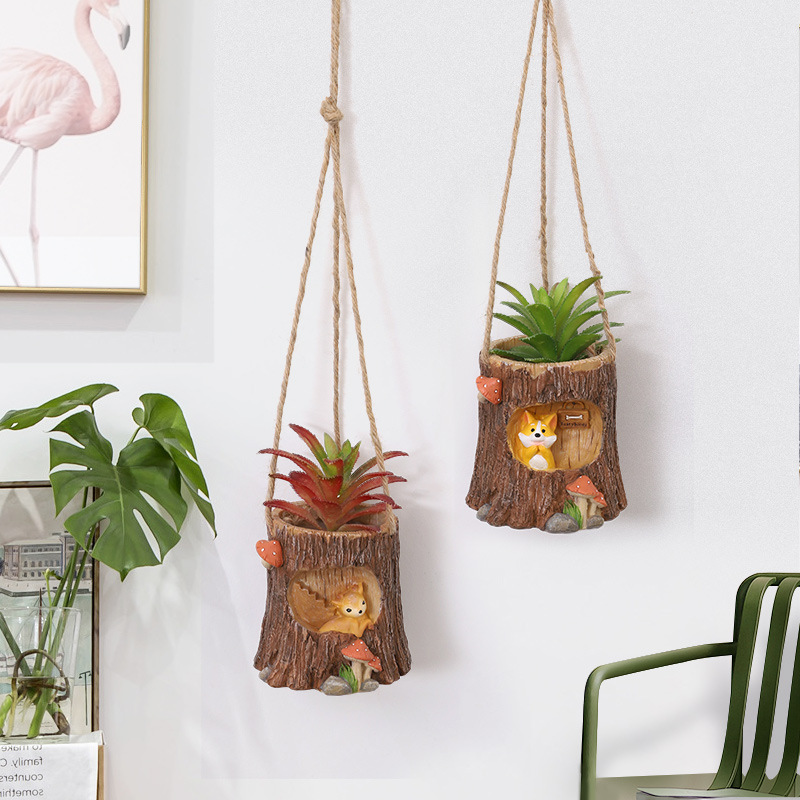Upside-down hanging pots offer a unique twist on traditional hanging displays, defying gravity to create captivating focal points. Delve into the upside of upside-down hanging pots and discover how to embrace this creative trend:
- Maximizing Space: Upside-down hanging pots allow you to utilize vertical space that might otherwise go unused. They’re ideal for small gardens, balconies, or kitchens with limited floor space.
- Novel Aesthetic: The unconventional nature of upside-down hanging pots immediately draws attention. They challenge traditional perceptions and spark conversations about gardening innovation.
- Optimal Sunlight: Upside-down pots expose plants to optimal sunlight. As plants grow towards the light, they maintain healthier and more uniform growth patterns.
- Unique Plant Selection: Certain plants, like tomatoes, peppers, and strawberries, lend themselves well to upside-down growing. Select plants with compact growth habits and gravity-friendly fruits.
- DIY Delight: Embrace the DIY spirit by creating your own upside-down hanging pots. Repurpose containers, use sturdy ropes, and ensure secure attachments for a safe and creative installation.
- Watering Strategy: Upside-down pots require a thoughtful watering approach. Water from the top and allow excess water to naturally trickle down to the root zone.
- Visual Impact: Whether in a garden or an indoor setting, upside-down hanging pots create a visually captivating sight that captures attention and curiosity.
- Maintenance Ease: Pruning and pest management are often easier with upside-down pots, as plants are more accessible and their natural growth tendencies are taken into account.
Upside-down hanging pots introduce a touch of playfulness to gardening while offering a fresh perspective on plant growth. Embrace this trend to add a splash of creativity to your garden and elevate your space into an innovative green haven.







